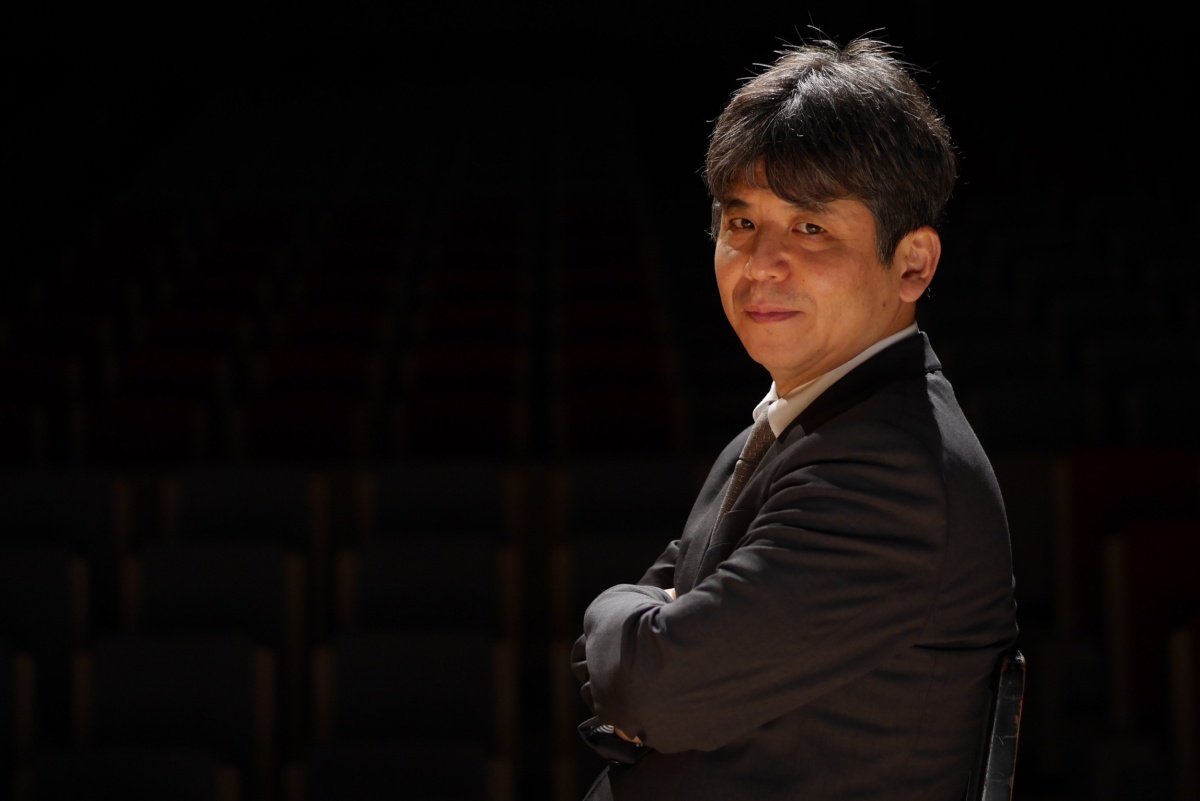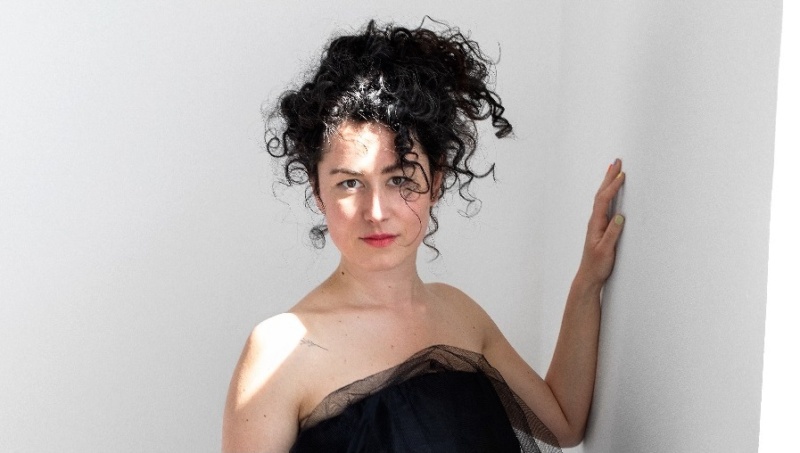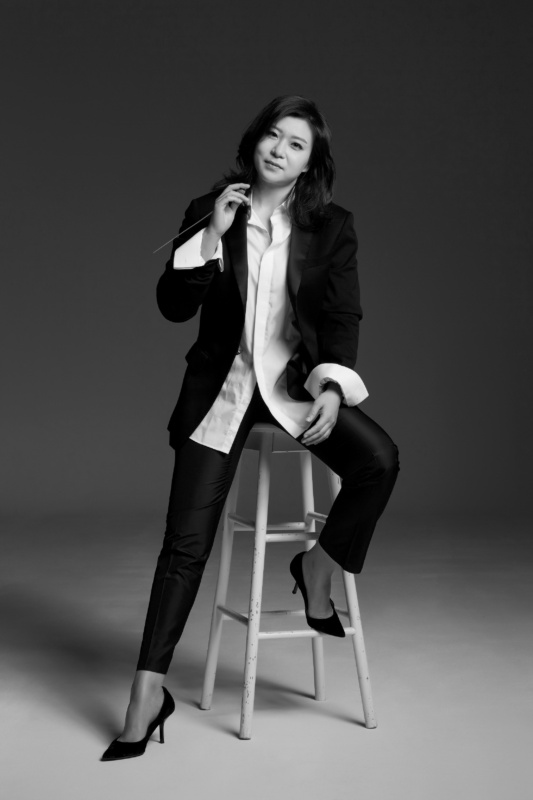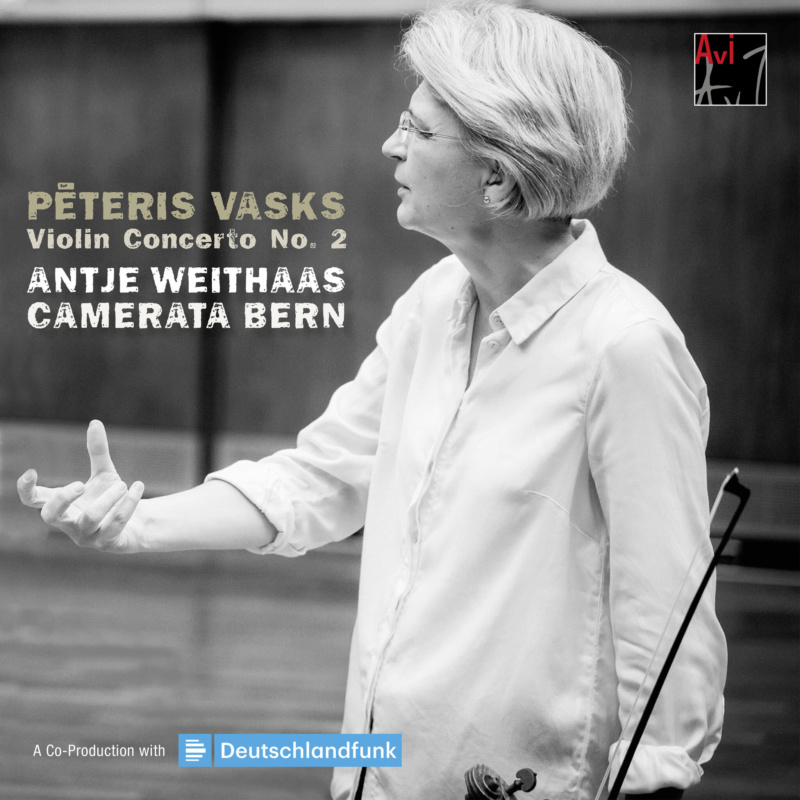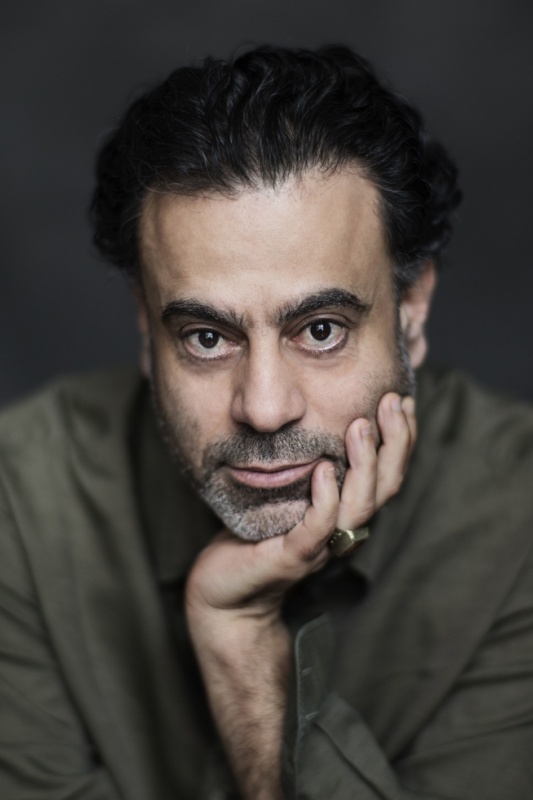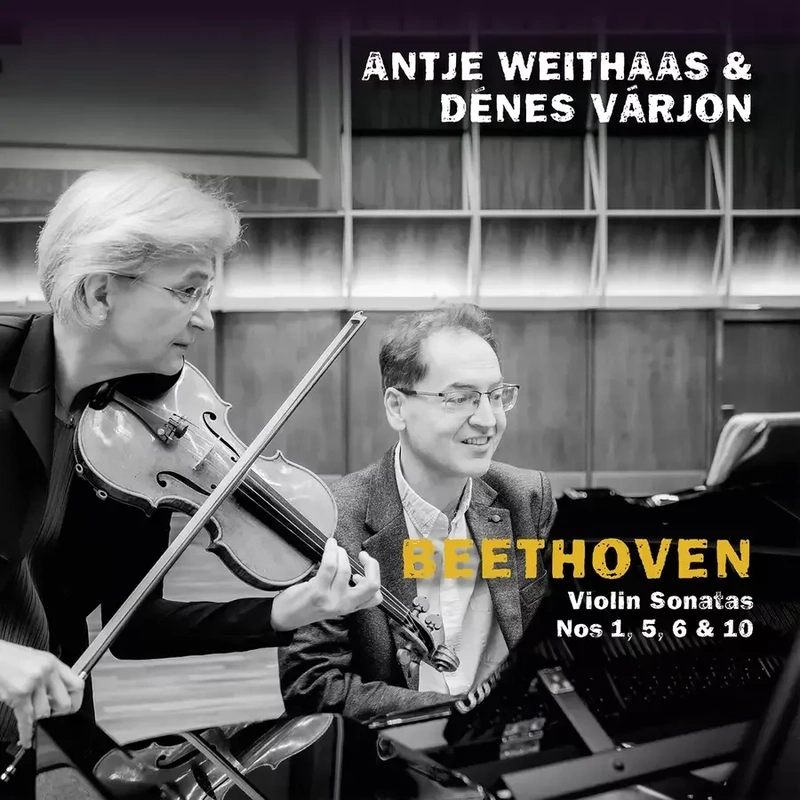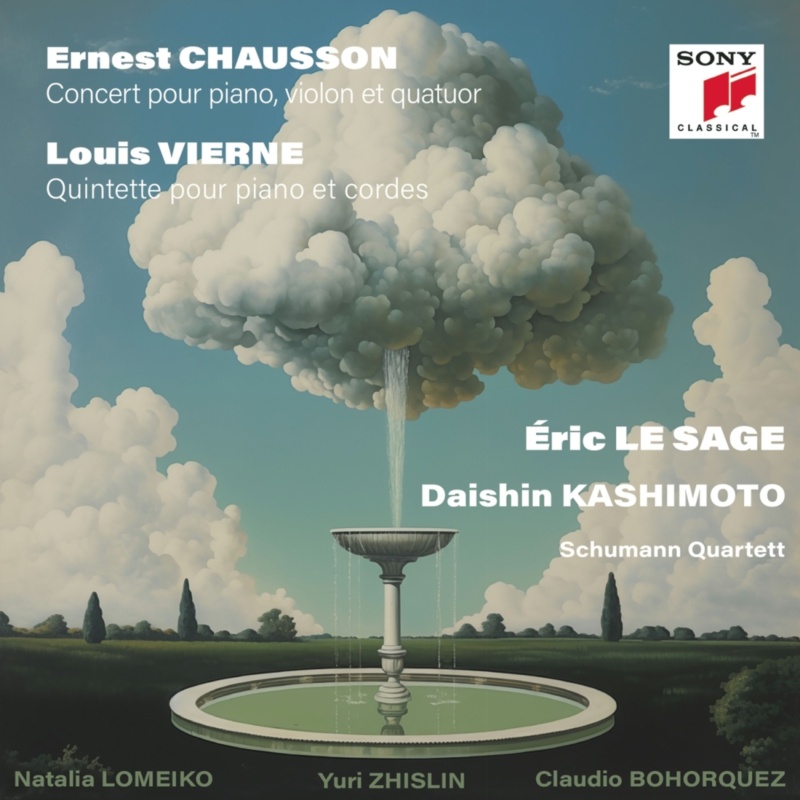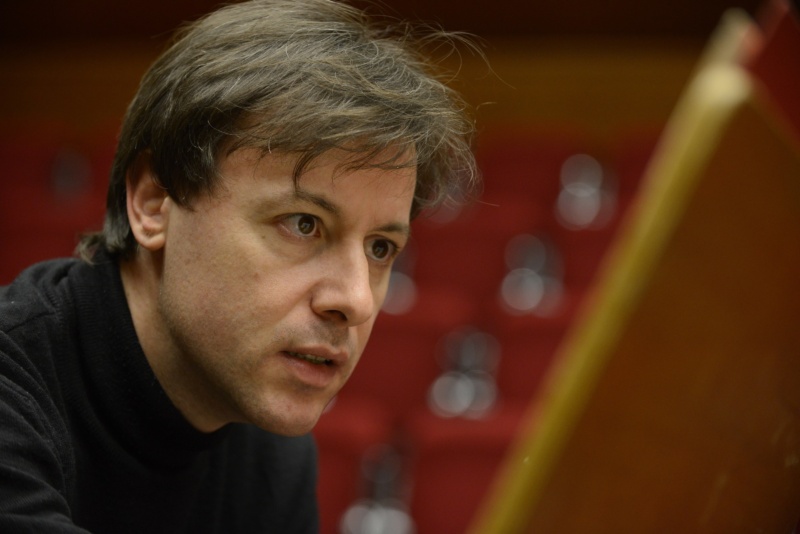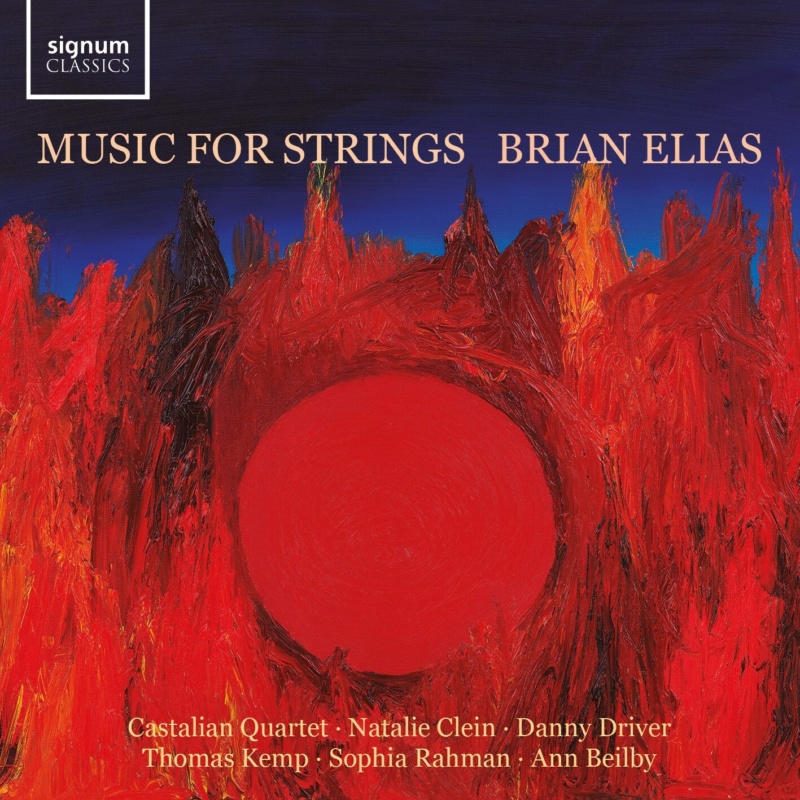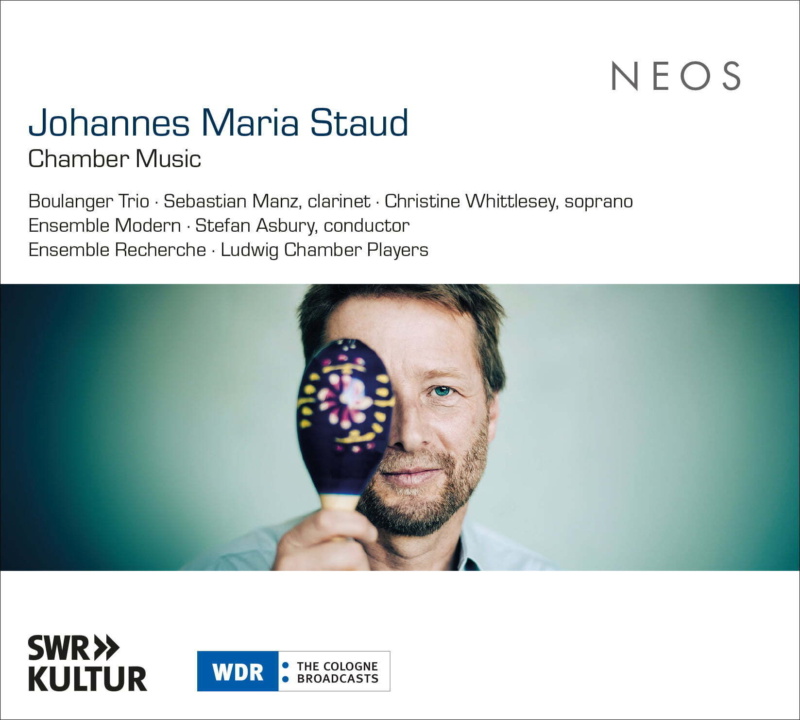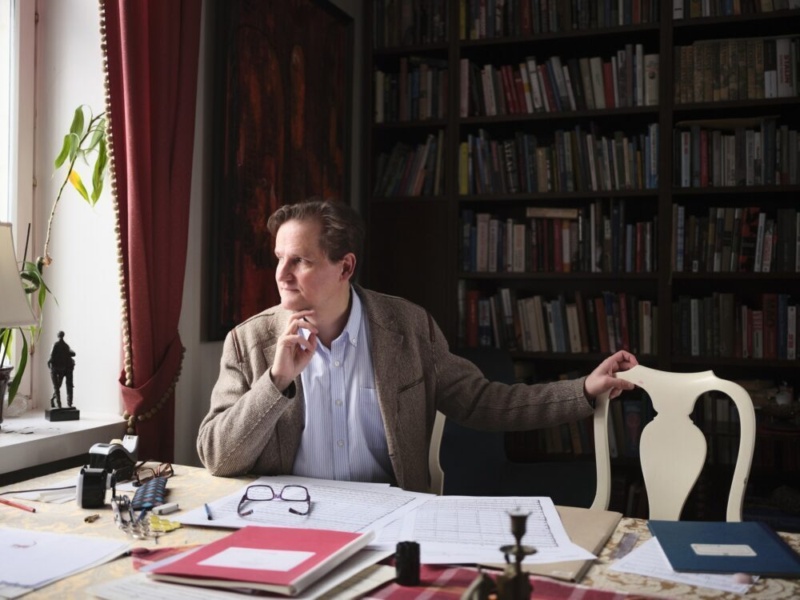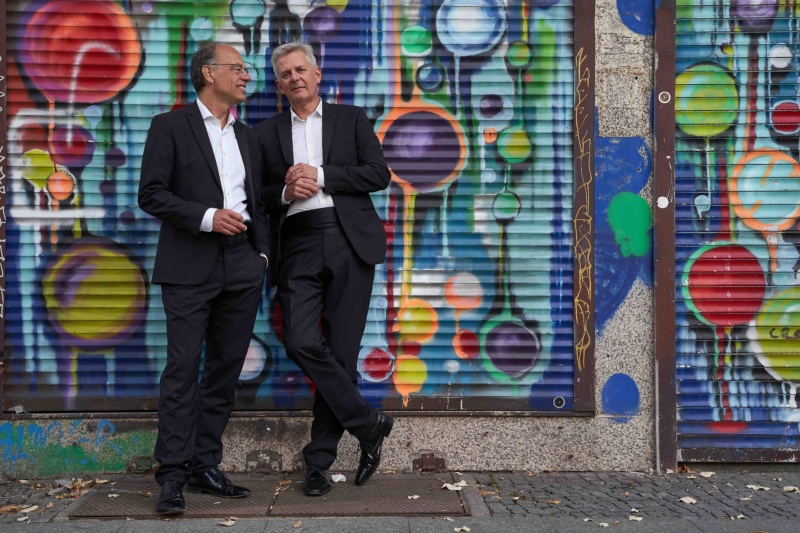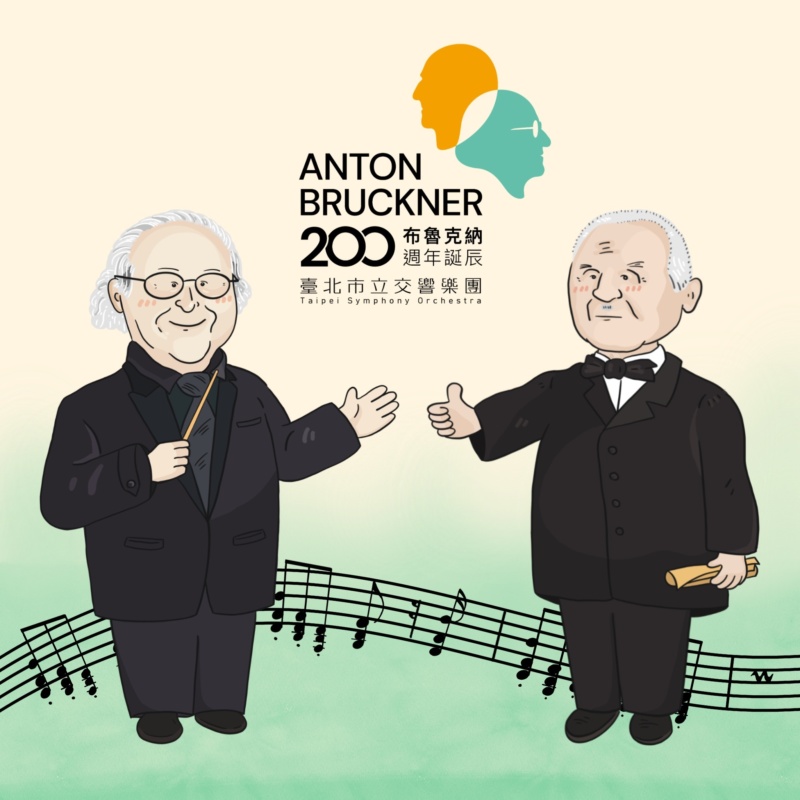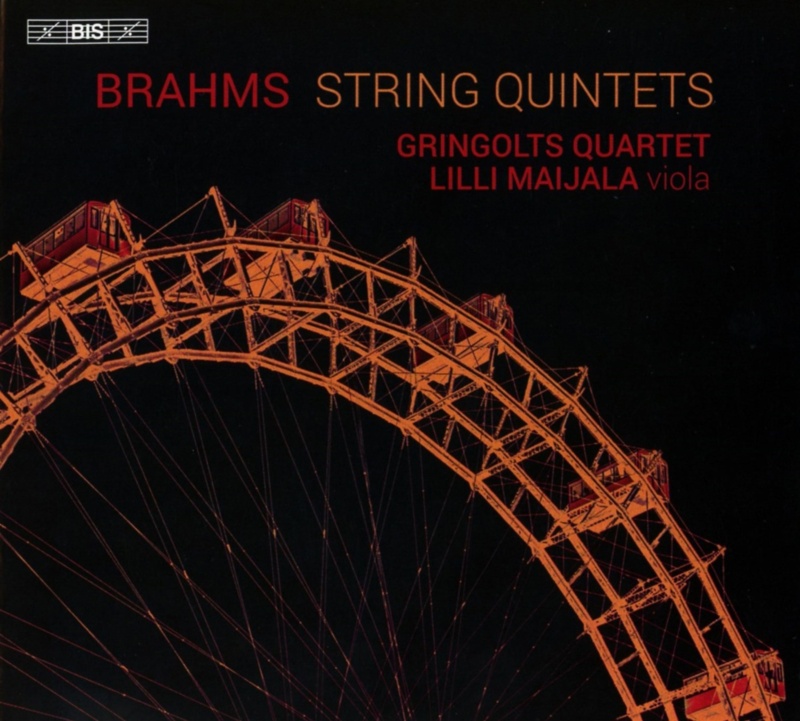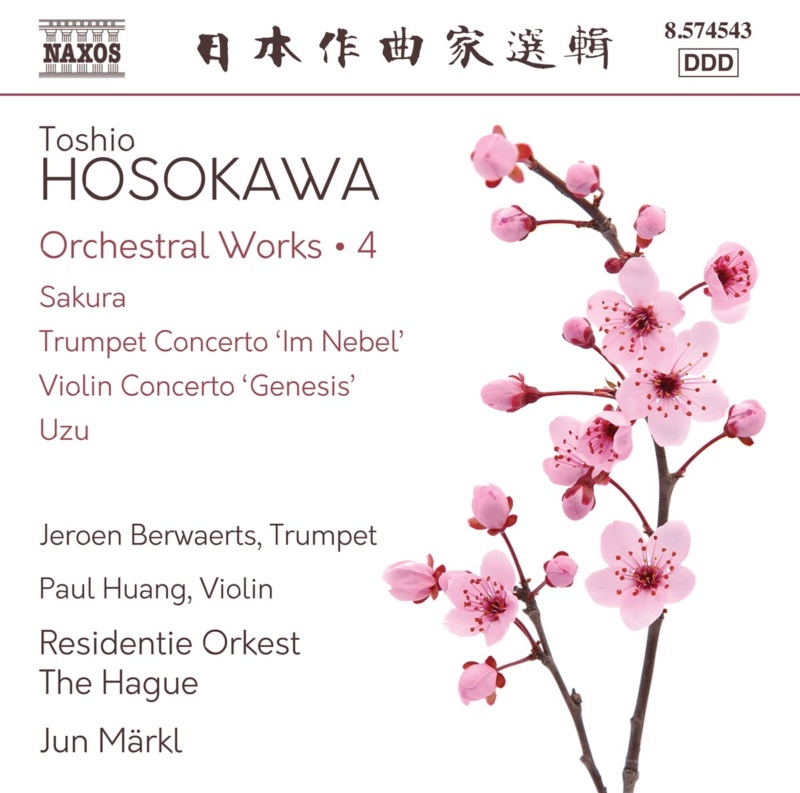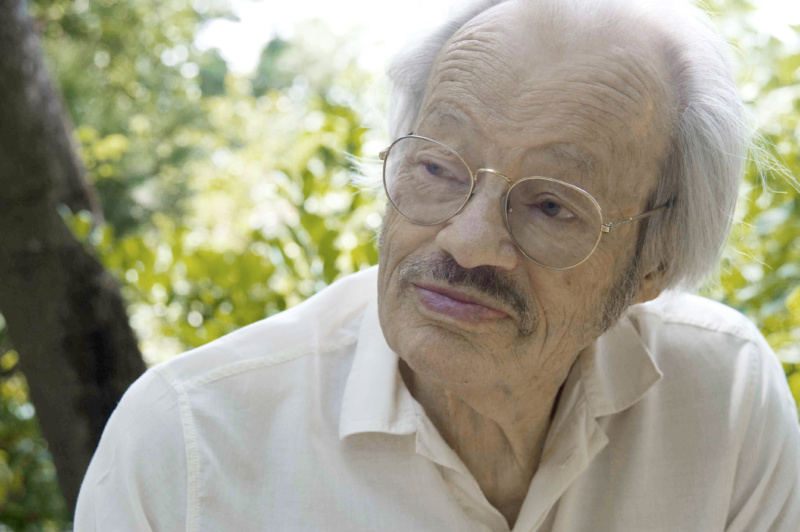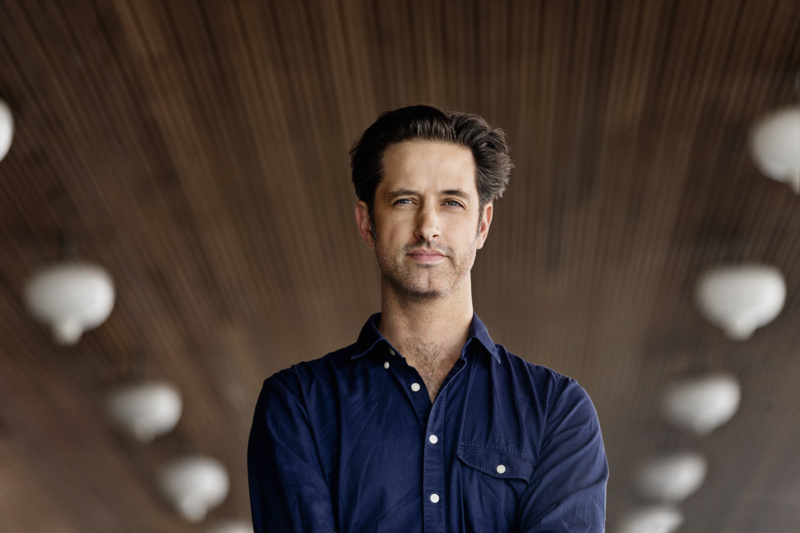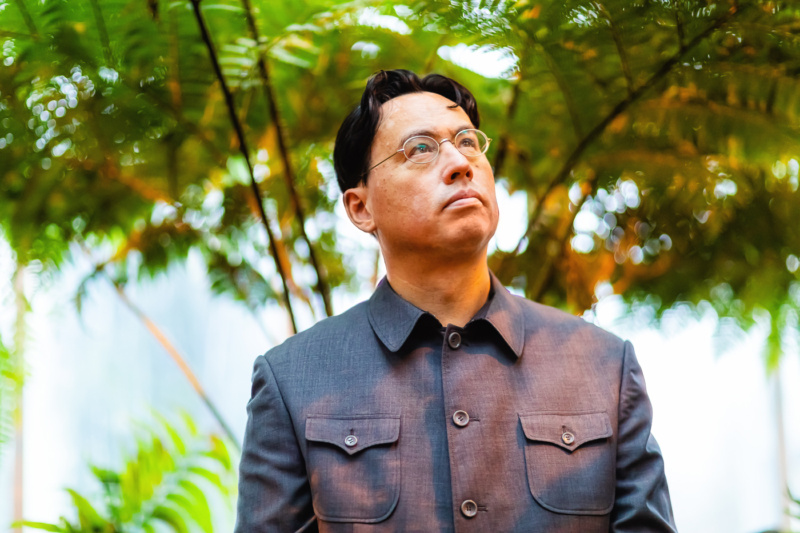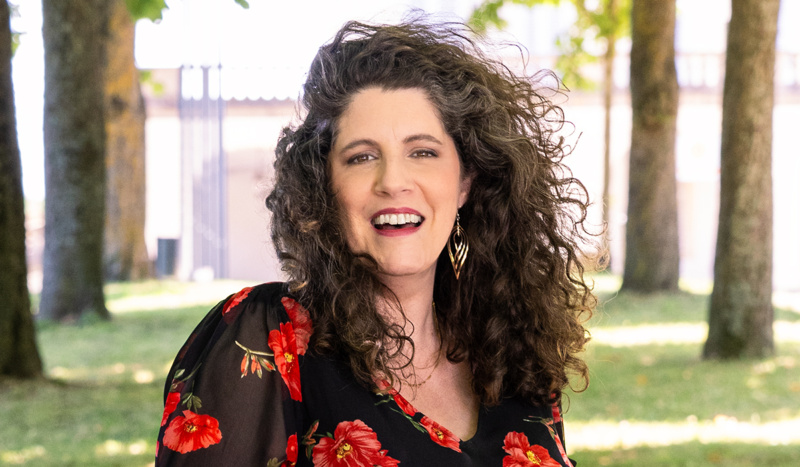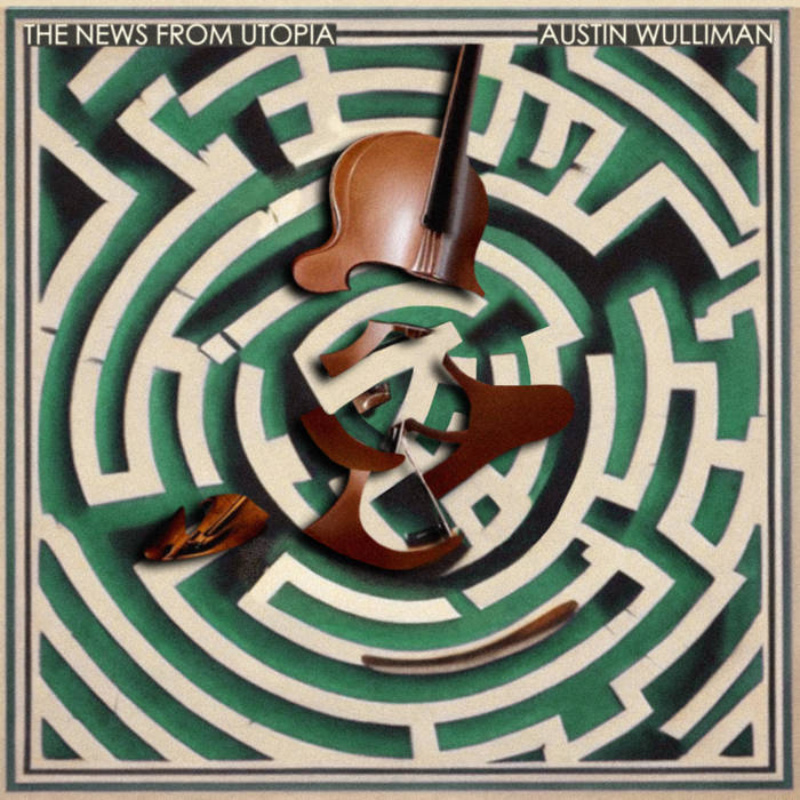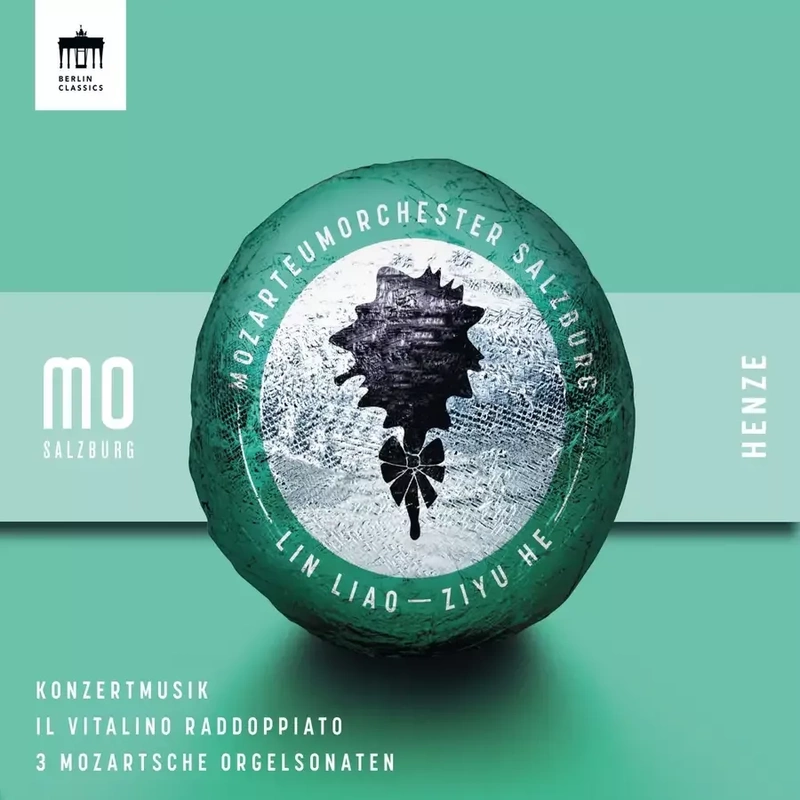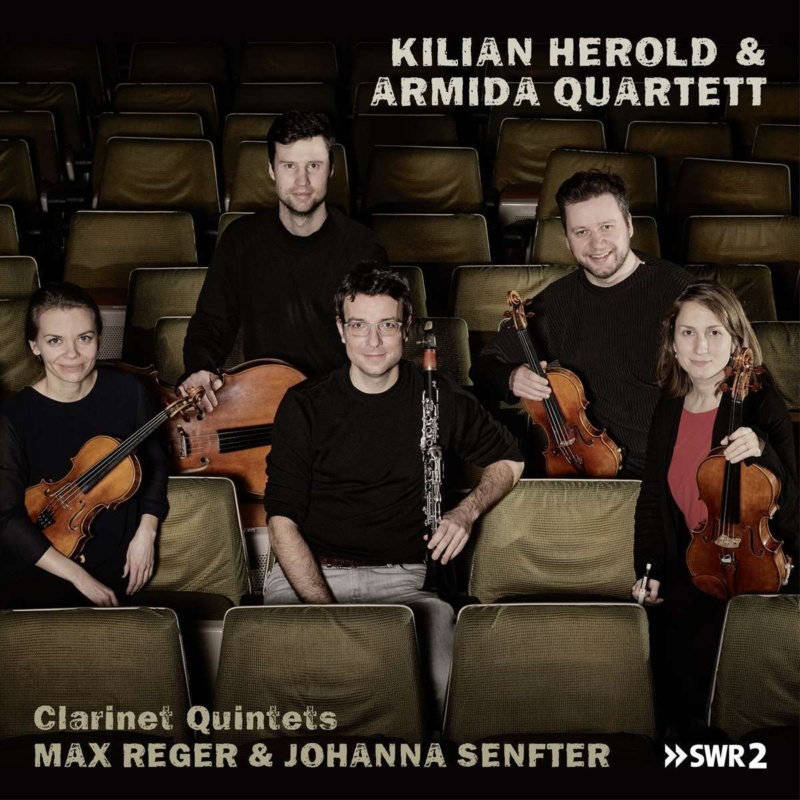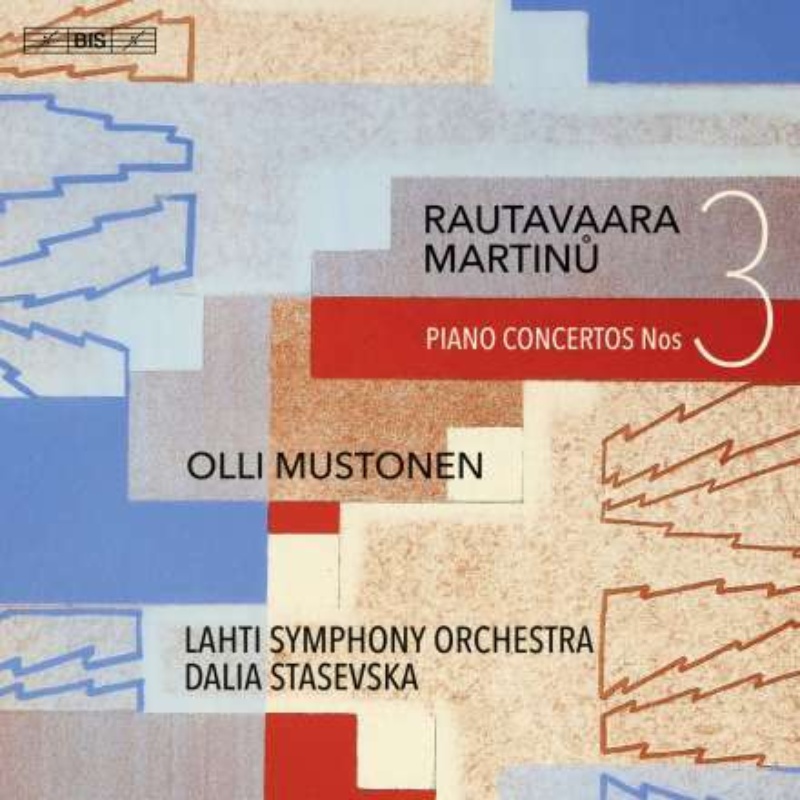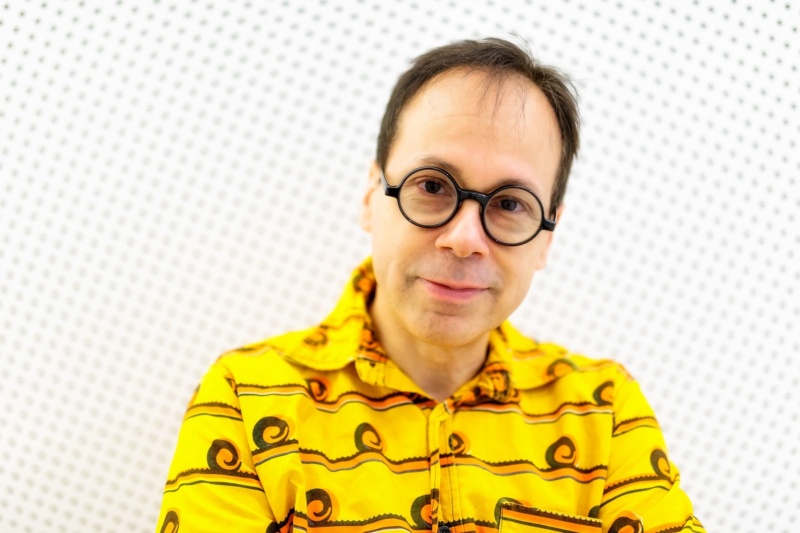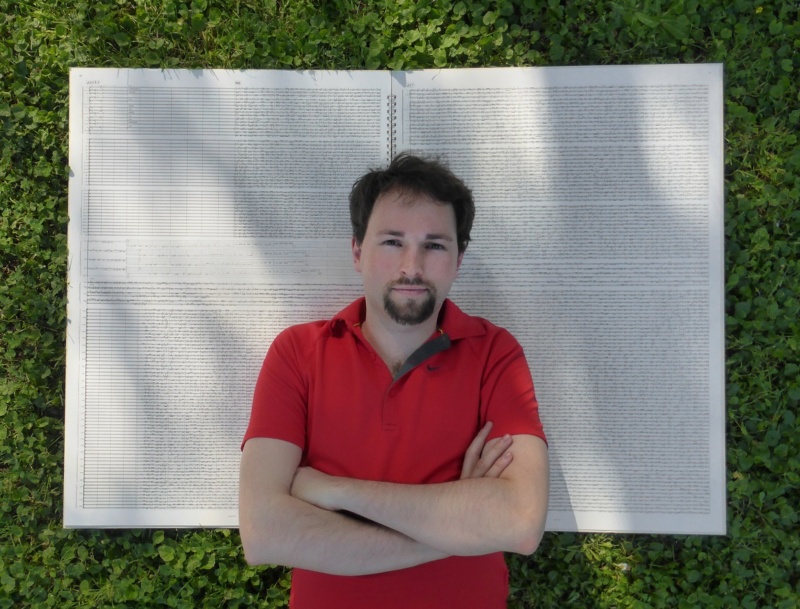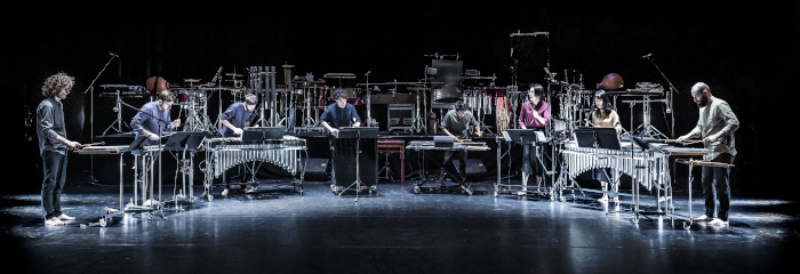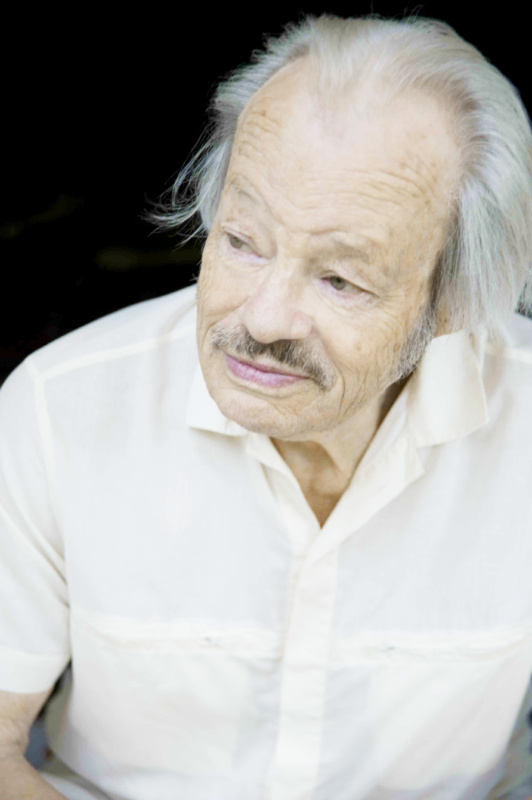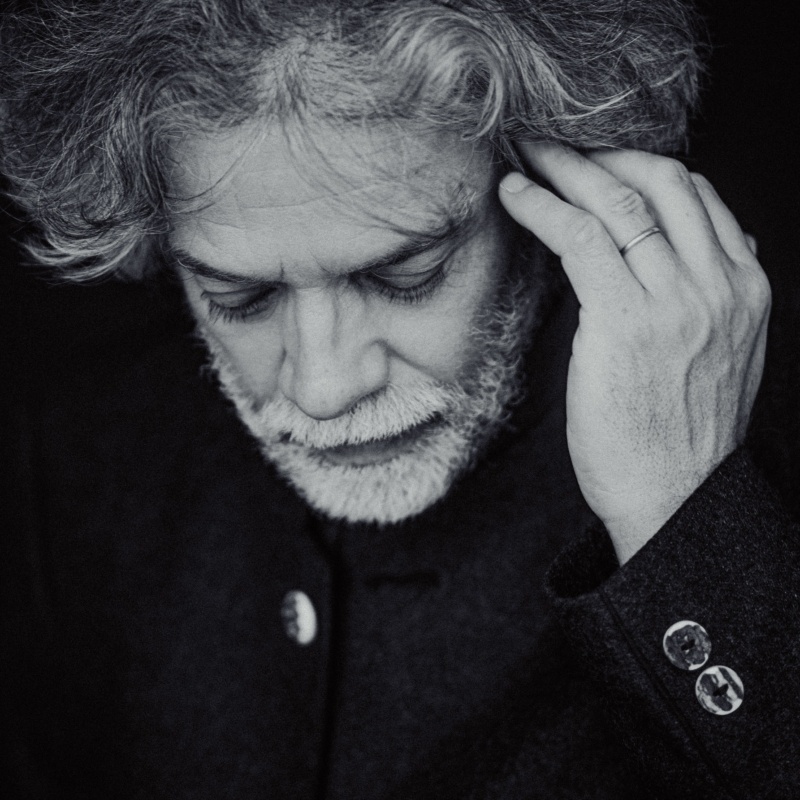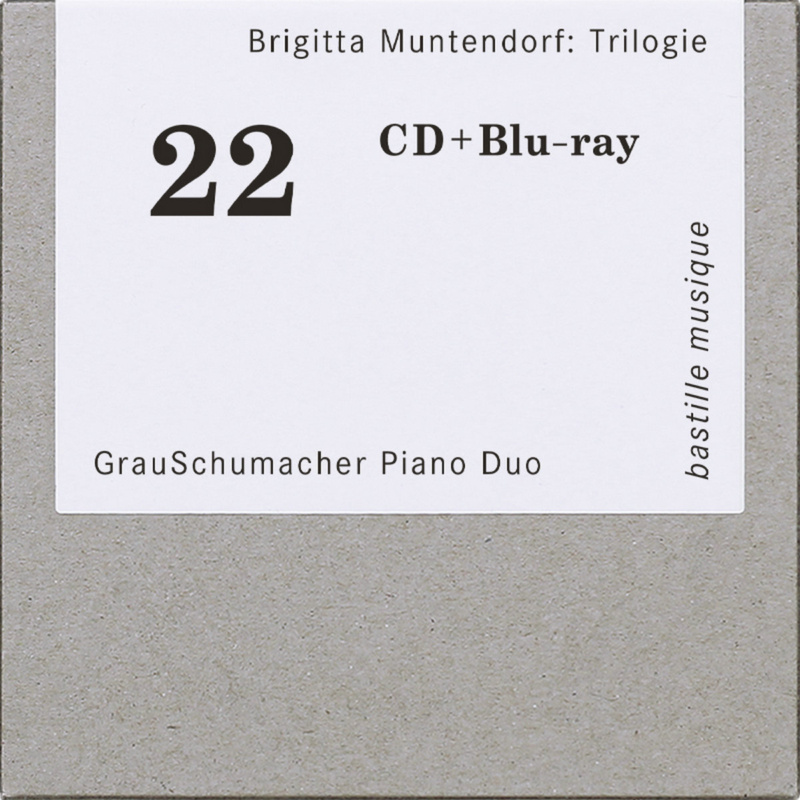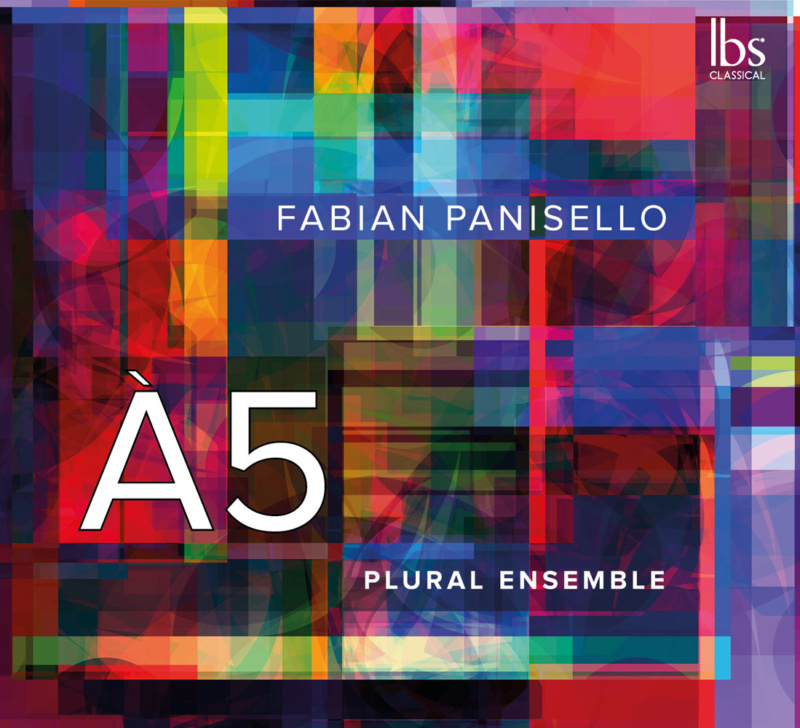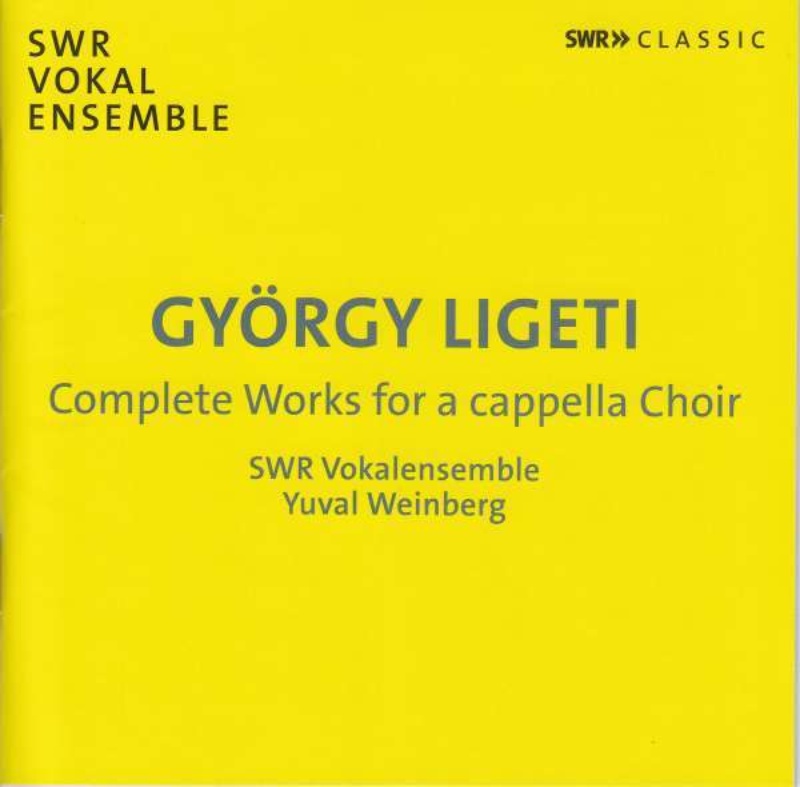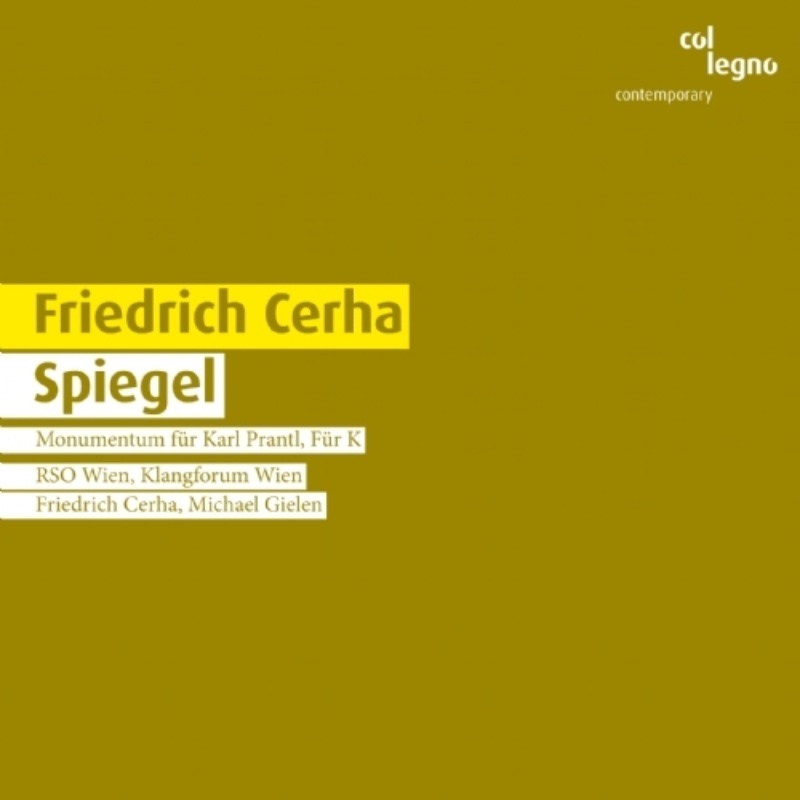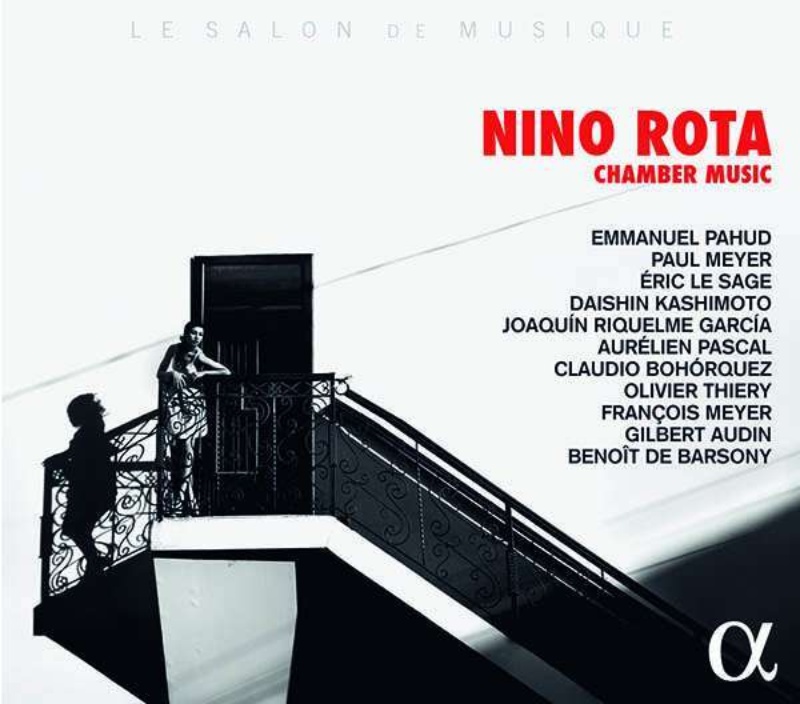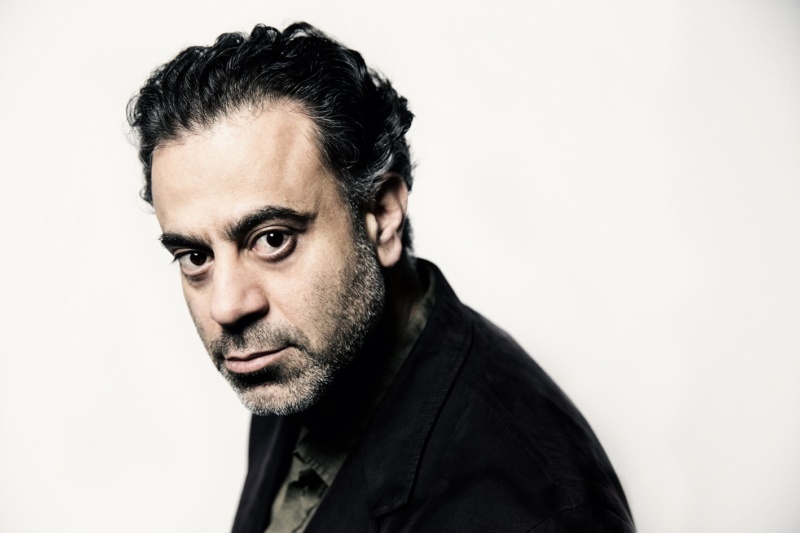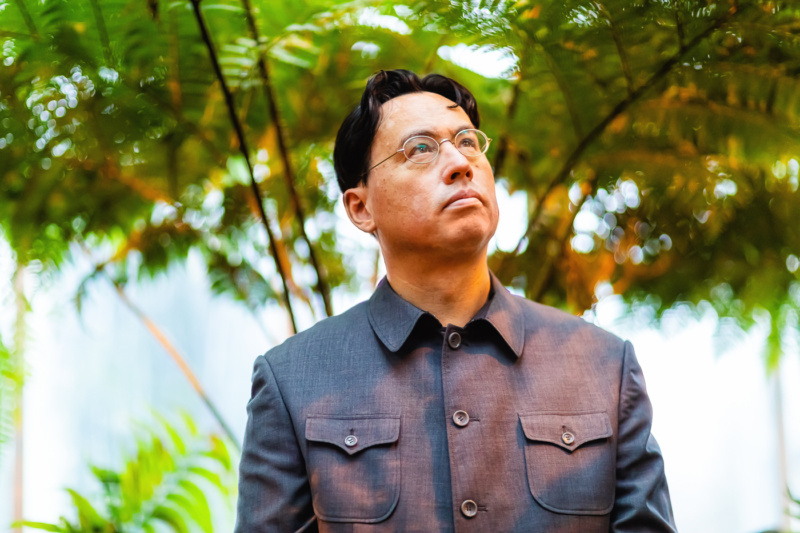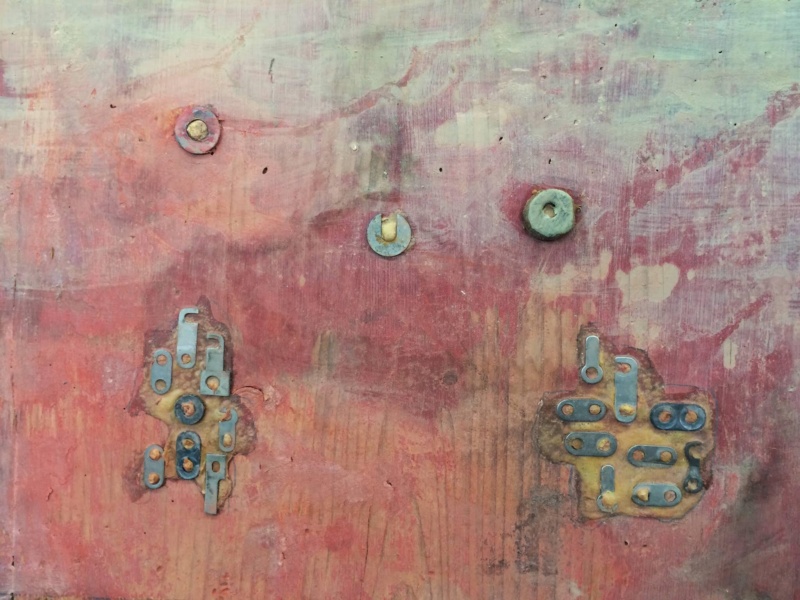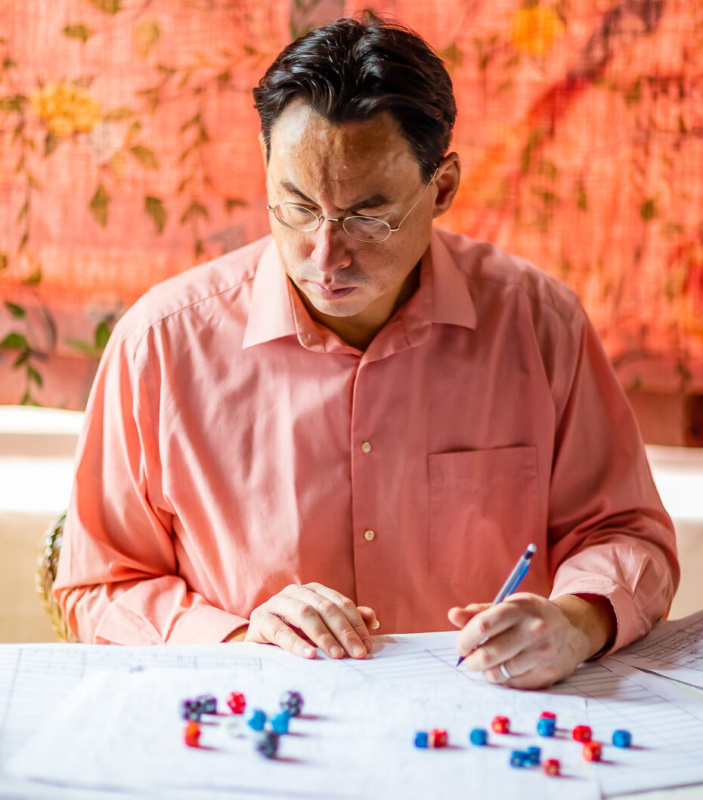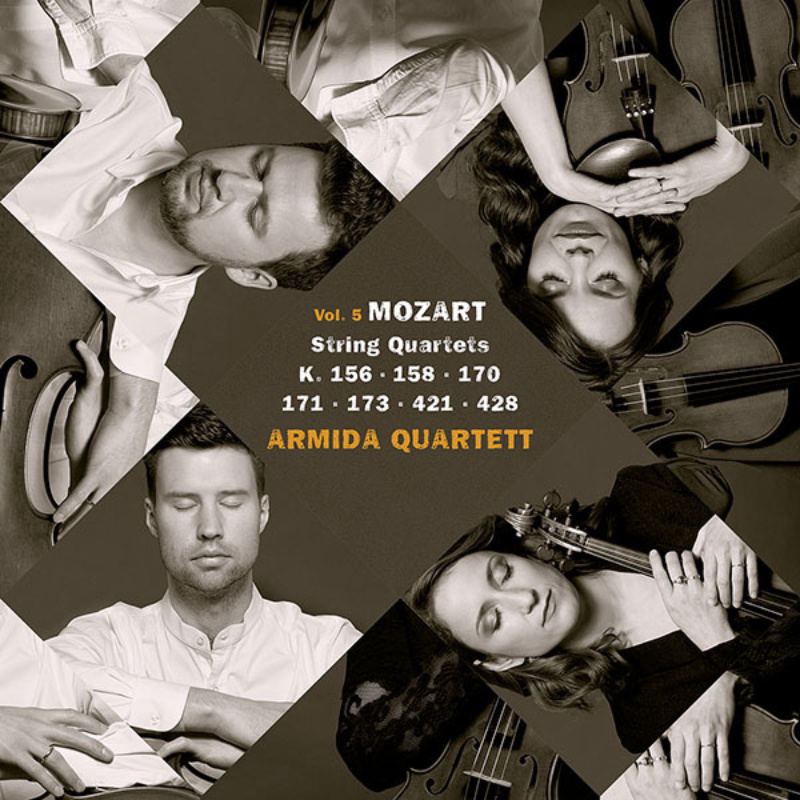On 31 May 2015, Toshio Hosokawa was invited by the Mozartfest Würzburg to give a speech during the MozartLabor (Mozart Laboratory), a three-day symposium for academics, composers, musicians and music lovers. While describing his specific perspective on Mozart’s music, he took the opportunity to reflect on his own cultural and musical background, and on how Western and Japanese art deals with sorrow and mortality.
Ladies and gentlemen,
I would like to thank you first of all for the kind invitation to this wonderful Mozart Festival.
When I heard the well-informed and insightful comments of my dear friend
and colleague Jörg Widmann, who spoke at last year’s MozartLabor, I
thought it must have been a mistake that I received an invitation this
year. Jörg’s physical presence alone was a clear indication of how he
lives and breathes the European music tradition; he creates his own, new
music from the heart of this tradition as it were.
I, on the other hand, grew up in Hiroshima in a family for which there
was hardly any contact with European music. As a child I started to take
piano lessons but this hardly went beyond a superficial level: what I
experienced and learned in my lessons must have been fundamentally
different from what one could learn in Europe, the world in which this
music has its roots. Moreover, my family was characterised by
traditional Japanese art – ikebana, tea ceremonies and Japanese music
heritage. Yet in the 1960s, Western music found its way gradually even
into this family. The music that Japanese children came into contact
with at school was now almost entirely European, and they had
practically no experience of traditional Japanese music. When I was
younger I found the Japanese music that my grandfather and mother loved
so much nothing other than bland and dull; I was much more fascinated
and impressed by Western composition, particularly Beethoven, Mozart and
Schubert, and later the European moderns – Stravinsky, Bartók, Debussy.
In their music I felt something thrillingly modern, new and powerful.
It was towards the end of the 1970s during my studies in Berlin that I
rediscovered traditional Japanese music. At that time there was a
festival in the city that presented both the music of different peoples
and cultures, and modern music and it was there that I first heard
traditional Japanese music as “music”, touched by the idiosyncrasies and
beauty of its soundscape. This was the first time that I had been away
from home, a Japanese student studying abroad, and it was only through
having this spatial distance that I was able to appreciate what was
typically Japanese. Furthermore there was a particular reason why I was
now able to appreciate traditional Japanese music with a new ear: I had
encountered contemporary Western music and thus at the same time a way
of listening to music that is different from the classical European
tonal system of 18th and 19th century music. In 20th century Western
music, it became necessary to not just observe the harmonic relationship
between notes but also to capture the existence of the notes themselves
– as an intrinsic value – and to develop an ear for the energy within
them.
You, dear listeners, now know that my music is a far cry from the
traditions of Western music and that it is from precisely this
perspective that I appreciate and cherish Western music. However, at the
same time I cultivate my own musical language, based on my feeling of
being rooted in traditional Japanese music and, thus trying to create a
new kind of music. It may be that I succeeded in discovering the
potential of a non-Western music only through this experience of the
other, the culturally different.
Enough about the background of my experiences for the time being. I am
not sure what I can even tell you – lovers and researchers of Mozart’s
music – with this background; but I would like to try to explain to you
how I hear Mozart’s music and what I love about it.
As you may know, “Ikebana” is the Japanese art of flower arranging.
Flowers are arranged and displayed in a particular room in the house and
a specific world view is unfurled, which is quite different from
European flower arrangements. There are lots of flowers on display at
this Mozart Festival. I believe we do this to make the rooms seem more
sumptuous and at the same time to insert some of the beauty of nature
into the human world as decoration. In Japan one often sees these sorts
of flower decorations. But the actual, traditional art of Ikebana is
very different from this sort of flower arrangement.
In Ikebana, the flowers are seen as things that have been cut from the
fields and brought into a room that people live in. These flowers
breathed in the earth, but their “lives” have been cut off; death is
already there in the background. And as one makes the last shimmer of
their lives palpable in the room, life’s worth – the ability to have an
effect and to resist – becomes all the more apparent. These flowers do
not make a lush bouquet, the aim is to bring out just one flower or
place a couple of them together. It is very important where these
flowers are placed: the background becomes an essential part of the
arrangement.
We Japanese find the volatility of passing things beautiful. That is why
we love “Sakura”, the cherry blossom in the spring. These cherries are
not edible. And the flowering season is very short. They blossom for
four to five days at the most then the flowers fall. It is precisely
this process of falling petals that we find beautiful. Because our own
lives do not last forever; they blossom for a short time only to vanish.
We feel this is precious thanks to this awareness of fleetingness.
I believe there are two different sorts of aesthetics in art: firstly
art that resists mortality and disappearance, and secondly art that
faces up to vanishing time and mortality. In Europe, many art forms seem
to have grown out of a resistance against time passing by. This
corresponds to the Christian belief that God gave man eternal life. In
this way Bruckner’s symphonies, for example, seem to me to anticipate
something like eternity in their “sound architecture”.
But what is a note? It comes and it goes. It is born from silence and
sinks back into silence. Our traditional Japanese music is based on the
prerequisite of the tone’s evanescence, of its inherent perishability.
We hear the individual notes and appreciate at the same time the process
of how the notes are born and die: a sound landscape of continual
“becoming” that is animated in itself. The silence in the background of
the sound has an essential meaning at all times.
When I am composing, I present my music as calligraphy in space and
time. In Asian calligraphy you use a paintbrush and a white fabric to
draw lines. The white area – the empty space on the fabric – is just as
important as the lines themselves. I once met a leading Zen doyen who
did calligraphy every day. One time, he drew the Chinese character “do”
(the way) on a large white canvas for me. He said: “Calligraphy is not
about starting to draw on paper straight away. Instead you define a
point in the empty space and from this point you start to draw, finally
returning to that point. This circling-linear movement is calligraphy.”
This idea had a fundamental impact on my music.
The musical movement also begins before you hear anything. The notes we
hear are much more of an indication of a deeper inaudible world.
In the traditional Japanese art of poetry there is the term
“mononoaware” (loosely translated as a nostalgic/wistful feeling for the
transience of things). This does not simply contain sadness but also an
attitude of valuing everything that is transient. In the depths of
human existence there is a bottomless darkness but there is also an
attitude that this finite, fragile existence must be perceived with love
and appreciation. In darkness there is also the brightness of
“resignation”.
Perhaps it is just my subjective perception but I hear this
“mononoaware” in Mozart’s music; a feeling of sorrow and deep
resignation towards passing life and time. It is an attitude that
transcends the self, an attitude not to hold on to the notion of
eternity. His clarinet concerto or quintet are examples of where this
love of transience can be felt. The “sorrow” in this music is like a
transparent, clear sky on an autumn’s day.
In my opinion, Mozart’s music is not created through a “self”; it
appears as if from another, otherworldly sphere, just as if it were only
audible through the – carefully listening – medium of Mozart. I also
love the magnificent music of Beethoven but I always get the impression
that a strong “self” is struggling against the transience of this music.
Compared to that, I think the genius Mozart examined how notes
naturally flow; he shows this in the most beautiful way in his music.
Perhaps it is my subjective perception. I do think, however, that there
is a kind of resonance that goes beyond the boundaries between the
Western and Eastern worlds in really exceptional artistic expression.
Mozart’s music seems to me to be such a transcendental, borderless art.
Today I have tried to explain how I appreciate and perceive the music of
Mozart from the point of view of traditional Japanese music.
Thank you for listening.
Toshio Hosokawa
Translation: Celia Wynne Willson
